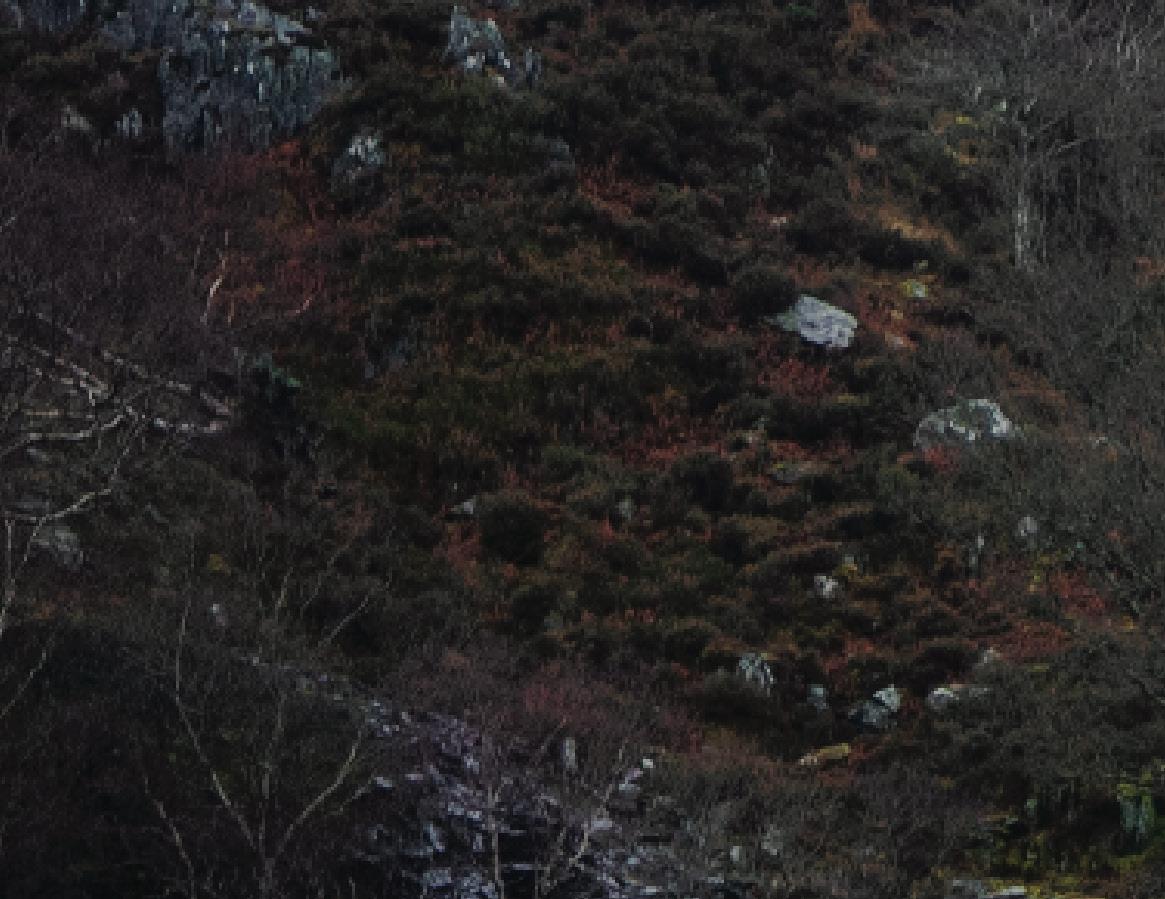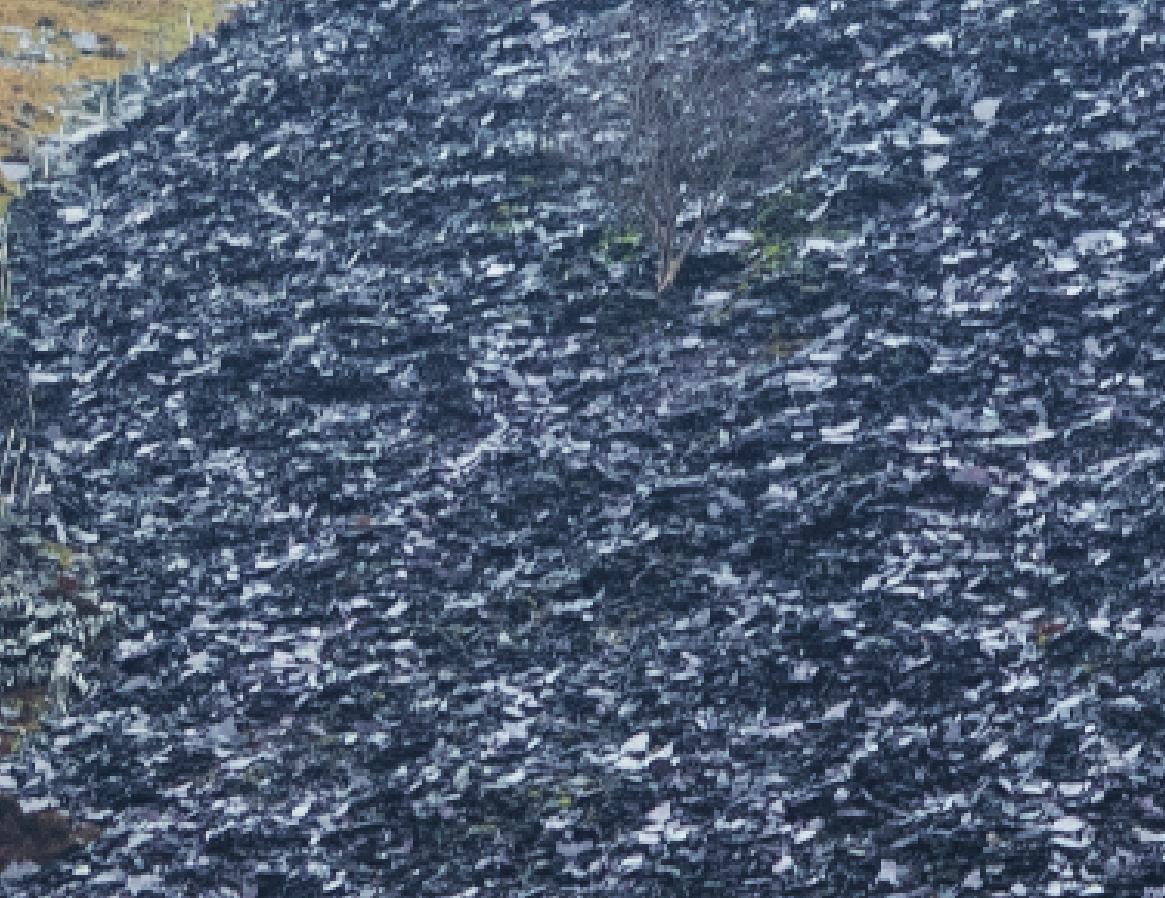













Katie A Holmes

Katie A Holmes
Katie A Holmes
Due to human activity, 95% of the world’s surface has been irreversibly altered, leaving only 5% of the surface completely untouched 1 .The reality of this destruction inspired the project The Shape of What Remains, a series of explorations into the environmental scars left by quarrying throughout Wales’ landscapes after the extraction of materials.
Presented through detailed large-scale images, this project documents the aftermath of the destruction of these damaged landscapes that have been left neglected, making these sites dangerous, toxic and scarred. Highlighting how these oncethriving habitats have become desolate and rugged, struggling to regenerate due to the lack of and enforcement of laws for the regeneration and safety of the land.
Despite laws requiring that these sites must be safe for people, my experience and research shows that many of the sites still remain highly dangerous due to a lack of restoration funds that fall short of the actual costs by millions of pounds 2. This has resulted in sites remaining highly dangerous due to the deep still water pools, unfenced cliffs and collapsing wall faces. All in which causes multiple deaths each year. However there does not seem to be any law regarding the regeneration of the land and its surrounding habitats which will lead to further permanent ecological damage and more loss of biodiversity.
By documenting these often-overlooked sites that are deeply connected to contemporary life, I aim to confront our relationship with industrial progression, whilst also critiquing the laws currently in place in closed quarries.At the core of this project are the juxtapositions of ‘natural’ and ‘human-altered’ elements, which challenge viewers’ interpretations of natural
beauty and the toxic sublime. Each image has been captured in locations where the effects of quarrying are visible on the landscape in and around the quarries. This project utilizes the medium format camera, a tool with rich connections to landscape photography. My project documents these overlooked industrial landscapes in a way that, despite the devastation, portrays a hauntingly beautiful image.
Furthermore, this visual approach has evolved from the portrayal of historical representations of landscapes, resulting in techniques such as depth, scale and balanced compositions; which will reveal the tension between aesthetic appeal and environmental awareness. I deliberately use natural lighting and harsh shadows to enhance the sense of destruction within the images, leaving the viewers with the seemingly picturesque landscapes that are in fact, scarred and not natural.
This project is important to Welsh culture today due to the increasing development in industrial activities, where making awareness and preservation more vital now than ever. By documenting these sites, this project aims to raise awareness about the scale of environmental destruction and the importance of protecting natural sites.
Notes:
[1] Freedman.A, Just 5% of Earth’s landscape is untouched.[online],(2019), Available from: https://www.axios.com/2019/01/11/earth-surface-humanactivity-landscape-1547164584. [Date accessed 1st of March, 2025]
[2]Haines.C, ‘Big gap’ in funding to restore opencast mines,[online],(2024), Available from: https://caerphilly.observer/news/1038267/big-gap-infunding-to-restore-opencast-mines/. [Accesed 1st of March 2025].
“Quarries are temporary, but their environmental impacts are forever”
(Lyngseth, T. and Krok, K.2023)

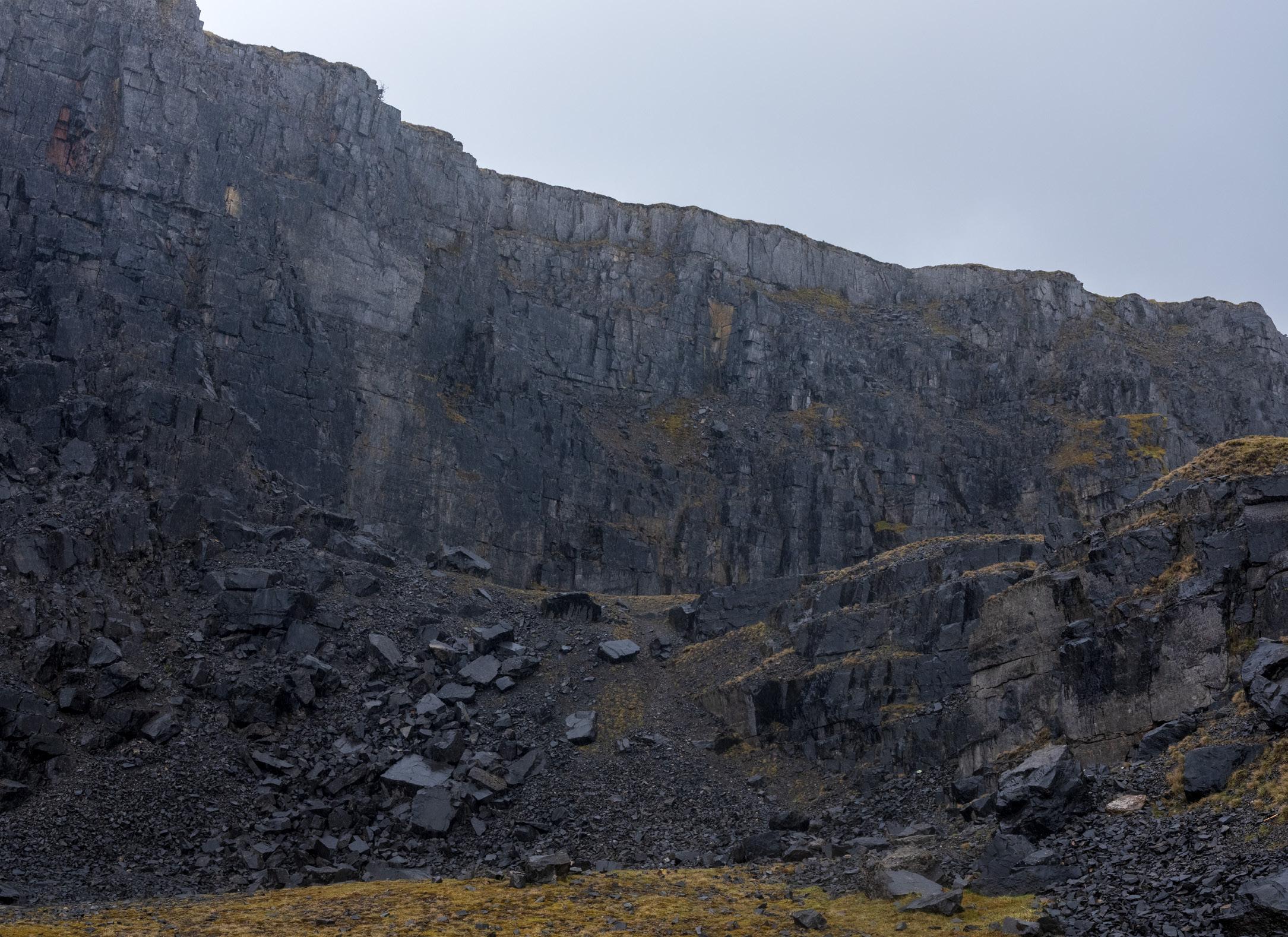






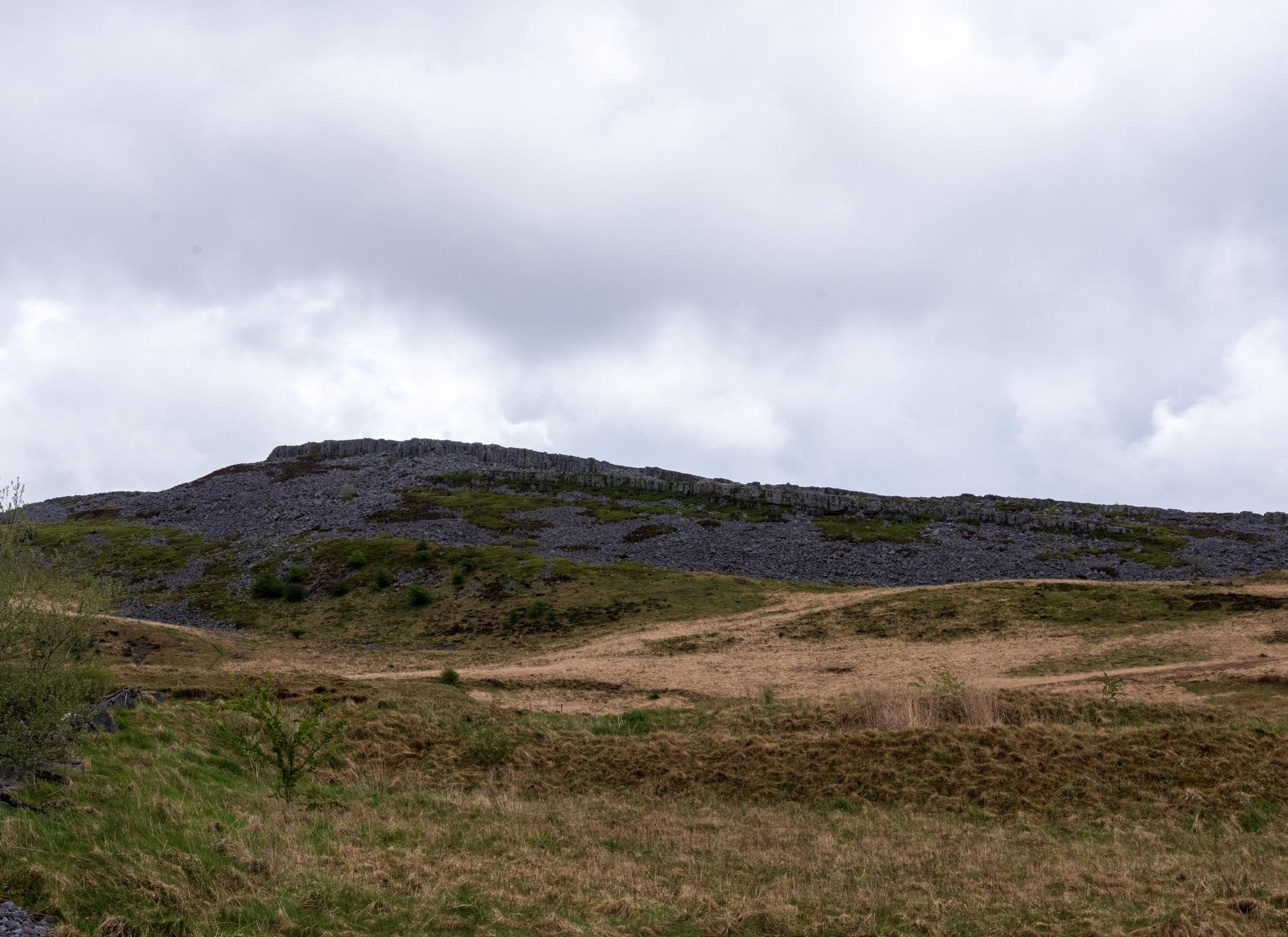

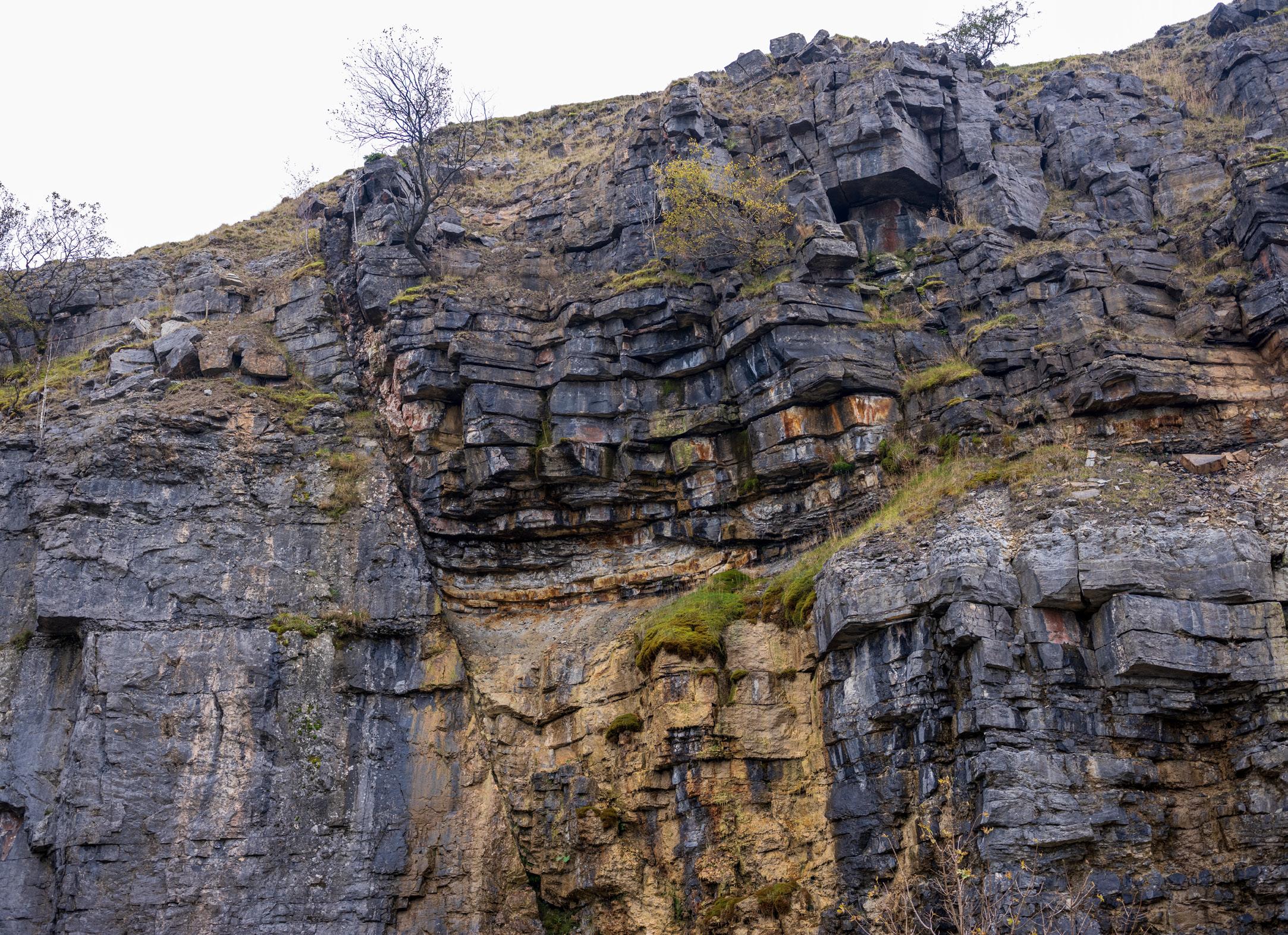


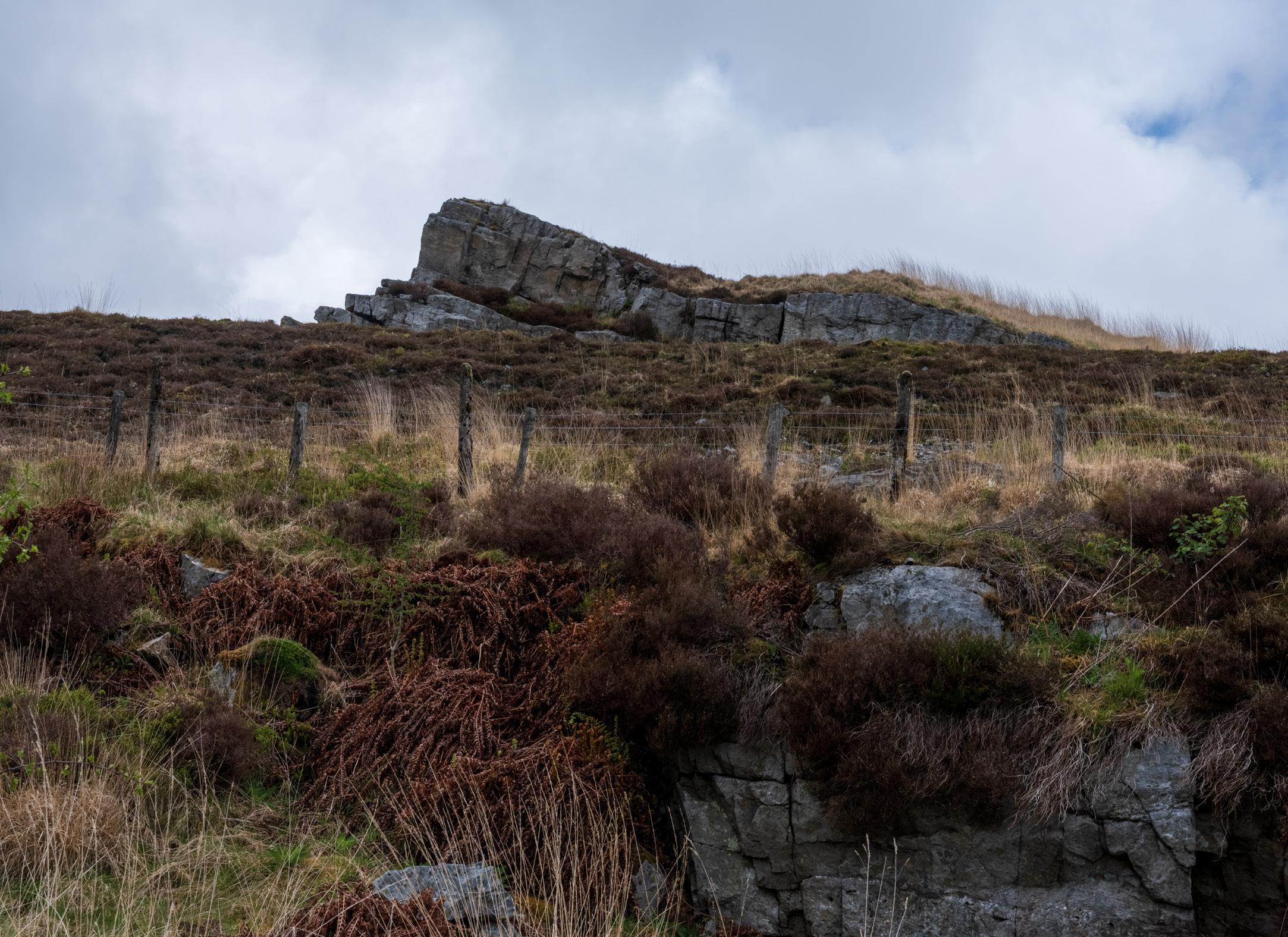


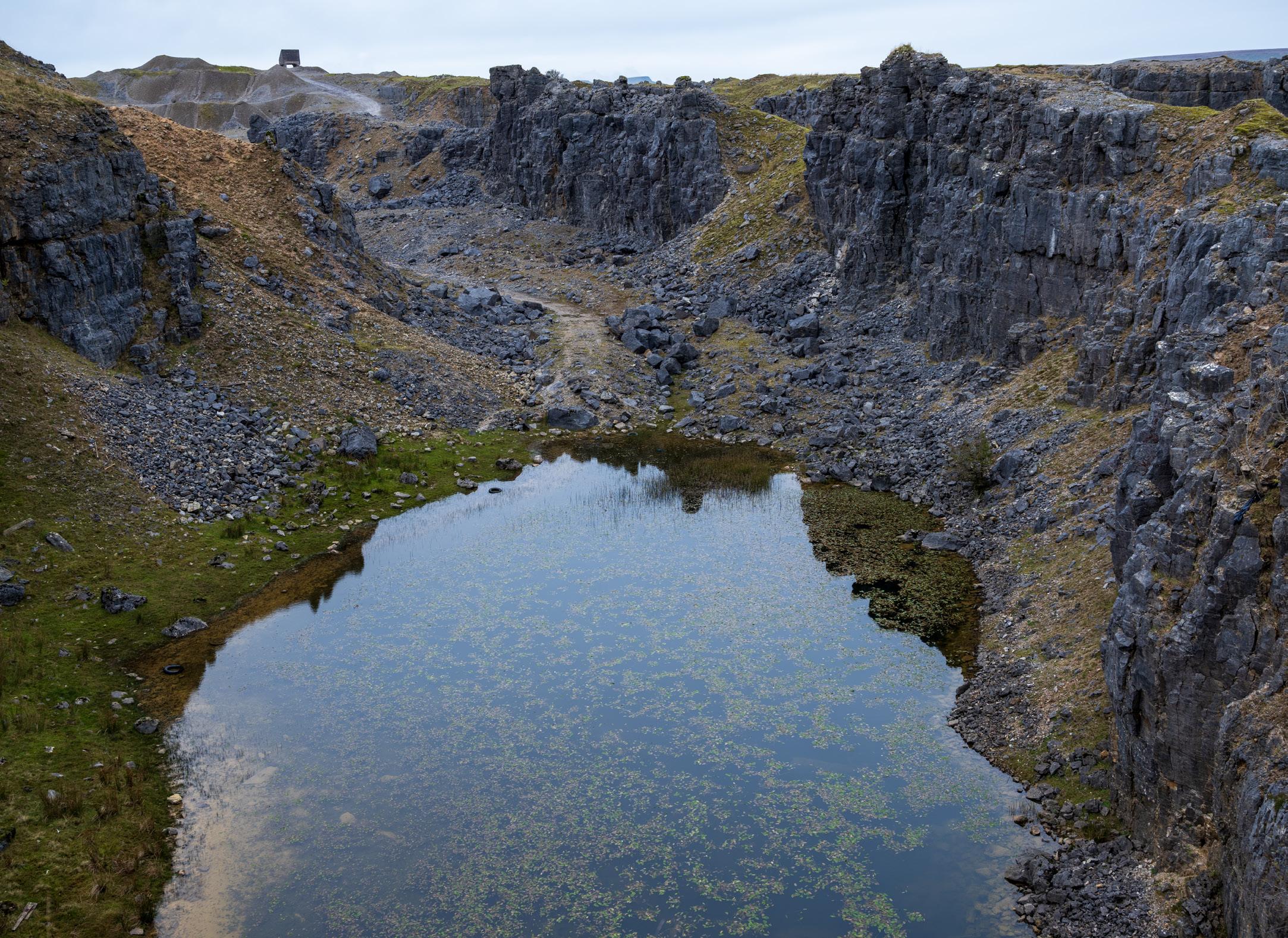
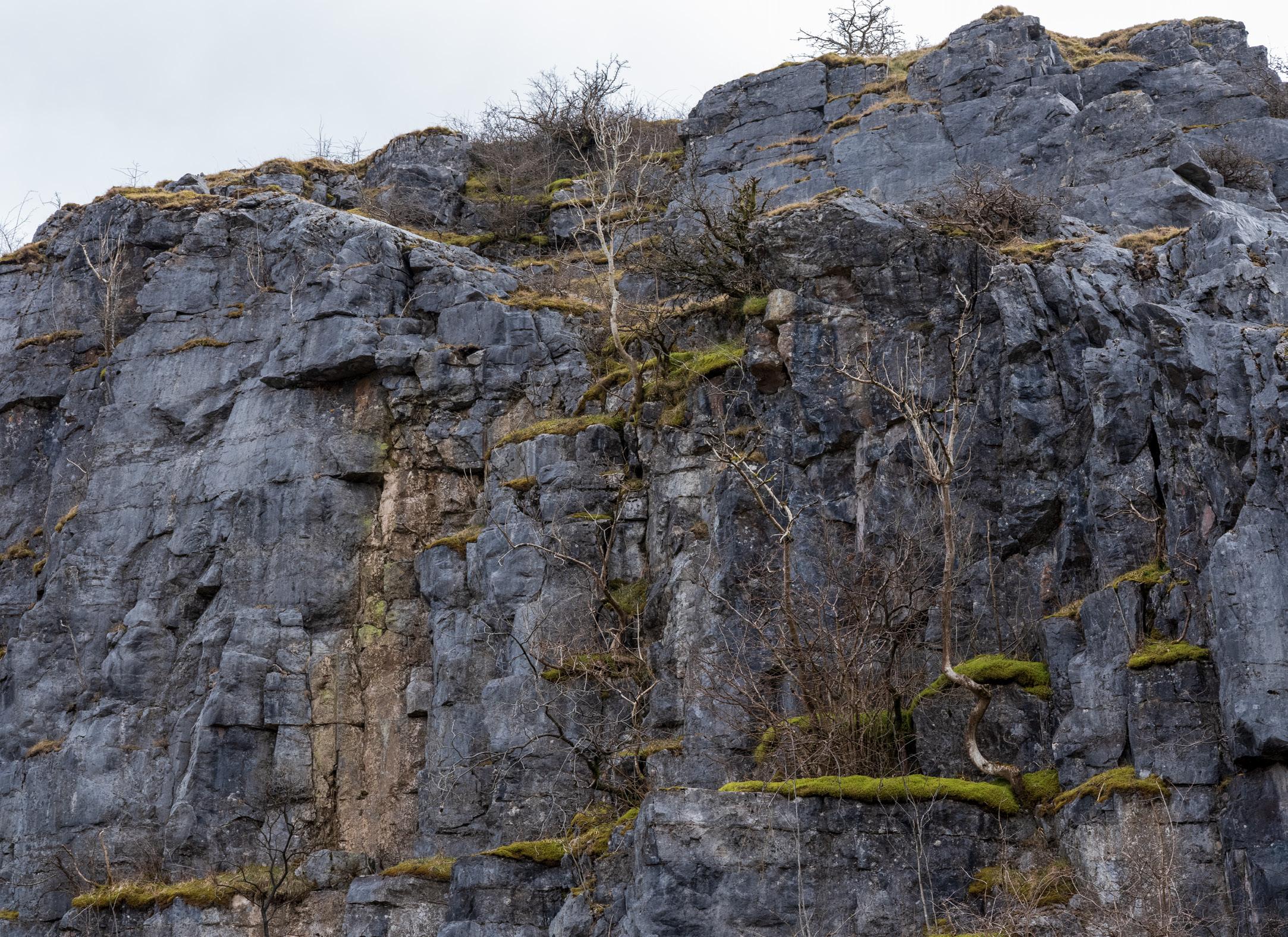






Penwyllt Quarry
Morlais Quarry
Trefil Quarry
Black Mountain Quarry
Dorthea Quarry
Dinorwig Quarry

by Katie A Holmes
Photography and Design by Katie A Holmes
Self-Published
Date Published : May 2025 Printed by: Abbey Bookbinding and Print Unit 3, Gabalfa Workshops, Clos Menter, Excelsior Industrial Estate, Cardiff, CF14 3AY
All rights reserved. No part of this publication may be reproduced, stored in a retrieval system, or transmitted in any form or by any means without written permission from the publishers.
The author have asserted their rights to be identified as the authors of this work in accordance with the Copyright, Designs and Patents act 1988.


